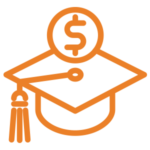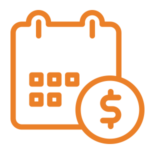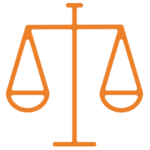Public Service Loan Forgiveness (PSLF) Program
On Oct. 6, 2021, the U.S. Department of Education (ED) announced a change to Public Service Loan Forgiveness (PSLF) program rules for a limited time as a result of the COVID-19 national emergency. Throughout the pandemic, ED has provided a variety of benefits to borrowers. First, make sure to check to see if you work for a qualifying employer. To search for a qualifying employer, visit StudentAid.gov/pslf. If you have FFEL, Perkins, or other federal student loans, you’ll need to consolidate your loans into a Direct Consolidation Loan to qualify for PSLF both in general and under the waiver. For more information, visit https://studentaid.gov/announcements-events/pslf-limited-waiver. You may also contact us at (800) 222-6297.
Through the College Cost Reduction and Access Act of 2007, Congress created the Public Service Loan Forgiveness (PSLF) program to encourage individuals to enter and continue in certain public service professions.
Under the PSLF program, borrowers may qualify for forgiveness of the remaining balance due on their eligible Federal Direct Loan Program (FDLP) loans after they have made 120 monthly payments on their loans under an eligible repayment plan while employed full time in an eligible public service occupation.
In August, 2020, updates were made to the program pertaining to the definition of a qualifying payment.
Eligibility Requirements
To be eligible for public service loan forgiveness, a borrower:
- must not be in default on the loans for which forgiveness is requested.
- must have made 120 separate, full monthly payments beginning after October 1, 2007, on the FDLP loans for which forgiveness is requested. Payments made on or before this date do not count toward meeting this requirement. Each of the 120 monthly payments must be made for the full scheduled monthly amount within 15 days of the due date.
- must be employed full time by a public service organization:
- While making the 120 required monthly loan payments
- At the time the borrower applies for loan forgiveness, and
- At the time the remaining balance on the borrower’s eligible loans is forgiven.
Note that the borrower doesn’t have to be employed for 120 consecutive months by a public service organization, and the borrower isn’t required to work for the same organization for all 120 months of qualifying service.
Frequently Asked Questions
Application Process
Upon completion of the requirements necessary to qualify for loan forgiveness, borrowers should complete and return to ED the Public Service Loan Forgiveness (PSLF) & Temporary Expanded PSLF (TEPSLF) Certification & Application. For more information about PSLF and how to complete this form, visit StudentAid.gov/publicservice. To apply online, visit StudentAid.gov/PSLF.
If you are interested in pursuing a public service career, or are currently serving in such a career and are seeking loan forgiveness under this program, you can contact the Trellis Contact Center Operations team at (800) 845-6267 or trellishelps@trelliscompany.org for more information.





